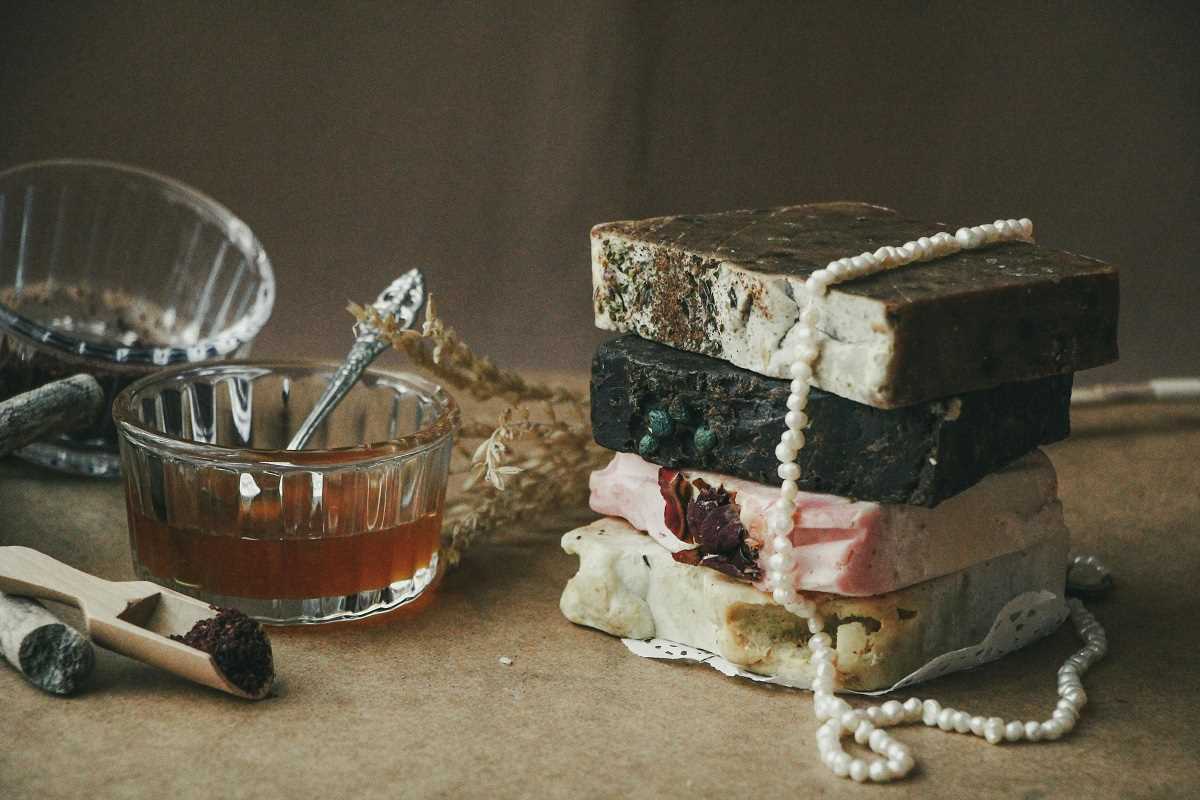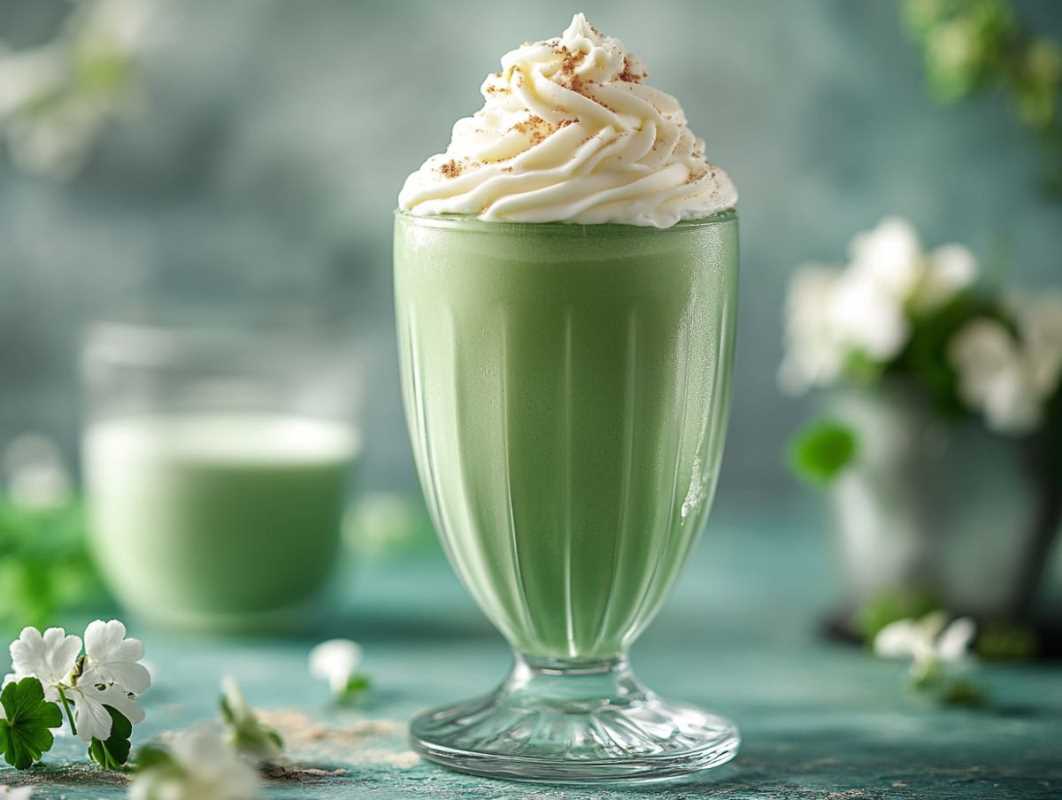There’s something wonderfully satisfying about crafting your own soap. Not only are homemade soap bars a fun and creative project, but they also allow you to take control of the ingredients you’re using on your skin. Whether you want to avoid artificial chemicals, have specific skin needs, or simply enjoy the experience of creating something by hand, soap making is the perfect mix of practicality and artistry.
This guide will walk you through the benefits of homemade soap and provide recipes for different skin types, including one tailored for sensitive skin. Plus, we'll explore popular techniques like melt-and-pour and cold process soap making.
Why Make Your Own Soap?
Homemade soap isn’t just about luxurious foam and irresistible scents. It offers several advantages that are hard to beat:
- Customizable – You can experiment with colors, scents, and add-ins like exfoliants or oils geared toward your skin type.
- Eco-Friendly – By creating your own soap, you can reduce waste, avoid plastic packaging, and choose sustainable ingredients.
- Skin-Friendly Ingredients – Getting to know what you're putting on your skin is a big plus. Homemade soap can be free of harsh chemicals, artificial dyes, and irritants.
- Cost-Effective – Compared to store-bought specialty soaps, DIY options are budget-friendly in the long run.
With your supplies ready, you’re just a few easy steps away from handcrafted soap that feels amazing and works wonders on your skin.
Soap-Making Methods
Before jumping into recipes, it’s important to understand the two beginner-friendly soap-making techniques we’ll be using in this guide:
1. Melt-and-Pour Method
The melt-and-pour method is ideal for beginners. It uses a pre-made soap base, which eliminates the need for handling chemicals like lye. You simply melt the soap base, add your desired ingredients (like oils or colors), pour it into molds, and allow it to set.
2. Cold Process Method
The cold process method, on the other hand, involves combining oils and lye to form soap from scratch. It requires a bit more care and precision, especially when handling lye, but it offers unparalleled control over the ingredients and gives you complete creative freedom. You'll need a few basic supplies for this method, including safety gloves, goggles, and a thermometer.
Once you’ve chosen your method, it’s time to get creative!
Recipes to Try
1. Lavender and Honey Melt-and-Pour Soap
Lavender is known for its calming properties, while honey adds natural moisturization. This recipe is simple yet wonderfully soothing.
Ingredients:
- 1 lb melt-and-pour soap base (goat’s milk or shea butter)
- 1-2 teaspoons lavender essential oil
- 2 tablespoons honey
- Dried lavender petals (optional)
Instructions:
- Cut your soap base into small chunks and melt it in the microwave or over a double boiler. Stir occasionally for an even texture.
- Once melted, add honey and lavender essential oil, stirring well.
- Pour the mixture into soap molds and sprinkle dried lavender petals on top for decoration.
- Allow the soap to cool and harden for 3-4 hours before removing it from the molds.
2. Oatmeal and Chamomile Soap for Sensitive Skin (Cold Process)
This gentle recipe is perfect for those with sensitive or dry skin, thanks to soothing chamomile and exfoliating oatmeal.
Ingredients:
- 10 oz olive oil
- 6 oz coconut oil
- 4 oz shea butter
- 2 oz castor oil
- 3 oz ground oatmeal
- 9 oz distilled water
- 3.5 oz lye
- 2 tablespoons chamomile tea (strongly brewed and cooled)
- 5-6 drops chamomile essential oil
Instructions:
- Prepare your lye solution by slowly adding the lye to distilled water (not the other way around) in a well-ventilated space. Stir until dissolved and set aside to cool.
- Melt your oils and butter in a separate pot until fully combined, then allow them to cool to about 100-110°F.
- Slowly pour the lye solution into the melted oils, blending with a stick blender until it reaches "trace" (a custard-like consistency).
- Add ground oatmeal, chamomile tea, and essential oil to the mixture. Stir well.
- Pour the soap into a prepared mold, cover it, and insulate it with a towel overnight.
- After 24-48 hours, unmold the soap and cut it into bars. Allow the bars to cure in a well-ventilated space for 4-6 weeks before use.
3. Zesty Citrus Exfoliating Soap (Melt-and-Pour)
This bright and invigorating soap is packed with citrusy energy and a gentle exfoliant for smooth, refreshed skin.
Ingredients:
- 1 lb clear glycerin soap base
- 1 tablespoon orange or lemon zest
- 10 drops citrus essential oil (orange or lemon)
- 1 tablespoon poppy seeds
Instructions:
- Melt the soap base in the microwave or a double boiler, stirring until smooth.
- Mix in the citrus zest, essential oil, and poppy seeds.
- Pour into molds and allow it to harden completely.
- Once set, remove the bars and store them in a cool, dry place.
4. Activated Charcoal Soap for Detox
Activated charcoal is fantastic for oily skin or detoxification. This recipe can be made using the cold process or melt-and-pour method.
Ingredients:
- 1 lb shea butter melt-and-pour base (or follow cold process soap instructions)
- 1 tablespoon activated charcoal
- 10 drops tea tree essential oil
Instructions:
- Melt the soap base as described in earlier recipes.
- Stir in activated charcoal and tea tree oil, ensuring there are no clumps.
- Pour the mixture into molds and set aside to cool completely before unmolding.
5. Coffee Scrub Soap
Wake up your senses with this exfoliating coffee soap that smells delicious and leaves your skin silky smooth!
Ingredients:
- 1 lb goat’s milk melt-and-pour soap base
- 2 tablespoons ground coffee
- 1 teaspoon vanilla extract
Instructions:
- Melt the soap base and stir in ground coffee and vanilla extract.
- Pour into molds and allow to set for several hours.
- Pop the bars out of the molds and enjoy the coffee-scented goodness!
Tips for Customizing Your Soap
- Scents and Oils: Add essential oils like lavender, peppermint, or eucalyptus for fragrance and therapeutic benefits.
- Add-ins: Experiment with natural exfoliants like sea salt, poppy seeds, or dried flowers.
- Colors: Use natural colorants like turmeric (for yellow), spirulina (for green), or beetroot powder (for pink).
- Molds: Fun shapes like flowers, hearts, or geometric designs can make your soap extra special.
 (Image via
(Image via





